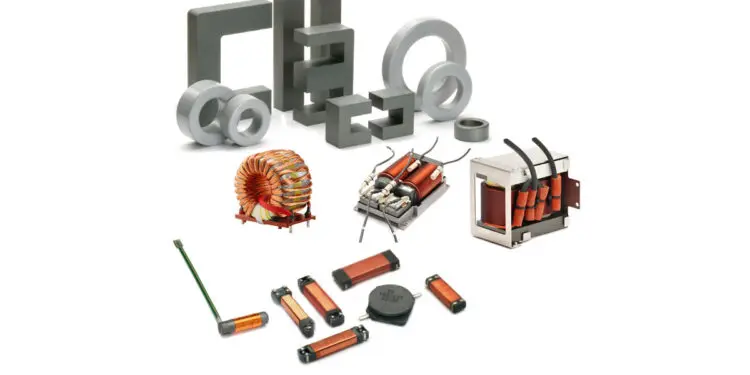Bourns, Inc., a leading manufacturer and supplier of electronic components, today announced that its newly-formed subsidiary has acquired all shares and interests of the various entities comprising the Kaschke Group with its headquarters in Göttingen, Germany. The terms of the transaction were not disclosed.
Kaschke is a market leader in the field of customized magnetic components and ferrite cores. The company was founded by Kurt Kaschke in 1955 and became known for its high competence in the development and production of application specific magnetic products. The Kaschke mission to use their ferrite core knowledge base for the development of solutions tailored to specific customer requirements matches Bourns’ culture of innovative design.
“As one of the few companies that has the capability to design and build ferrite core materials as well as manufacture complex inductive components, Kaschke will bring to Bourns the experience and creativity needed to solve customers’ complex application challenges,” said Gordon Bourns, Chairman and CEO of Bourns. “We are excited to welcome Kaschke to the Bourns organization to combine our capabilities and build stronger customer relationships.”
Al Yost, President and Chief Operating Officer at Bourns, said “This acquisition is an important element in Bourns’ strategy to strengthen our inductive technology capability and broaden our portfolio of innovative magnetic products.”
“The combination of Kaschke and Bourns will enable the development of a full portfolio of products that will help our customers meet the challenging EMI filtering requirements of the next generation power supplies in the automotive, industrial and new energy markets,” said Silke Baumgartner, President of Kaschke Components. “I’m delighted to form an alliance with Bourns, a company with a history and core values that are fully aligned with Kaschke’s.”
About Kaschke
Kaschke is a European market leader in the field of customized inductive components and ferrites. The company’s headquarters and ferrite production facilities are located in Germany. In addition, Kaschke has had local manufacturing operations in Tunisia for over 40 years.
About Bourns
Bourns, Inc., is a leading manufacturer and supplier of position and speed sensors, circuit protection solutions, magnetic components, microelectronic modules, panel controls and resistive products. Headquartered in Riverside, California, USA, Bourns serves a broad range of markets, including automotive, industrial, consumer, communications, non-critical life support medical (low/medium risk), audio and various other market segments.
































